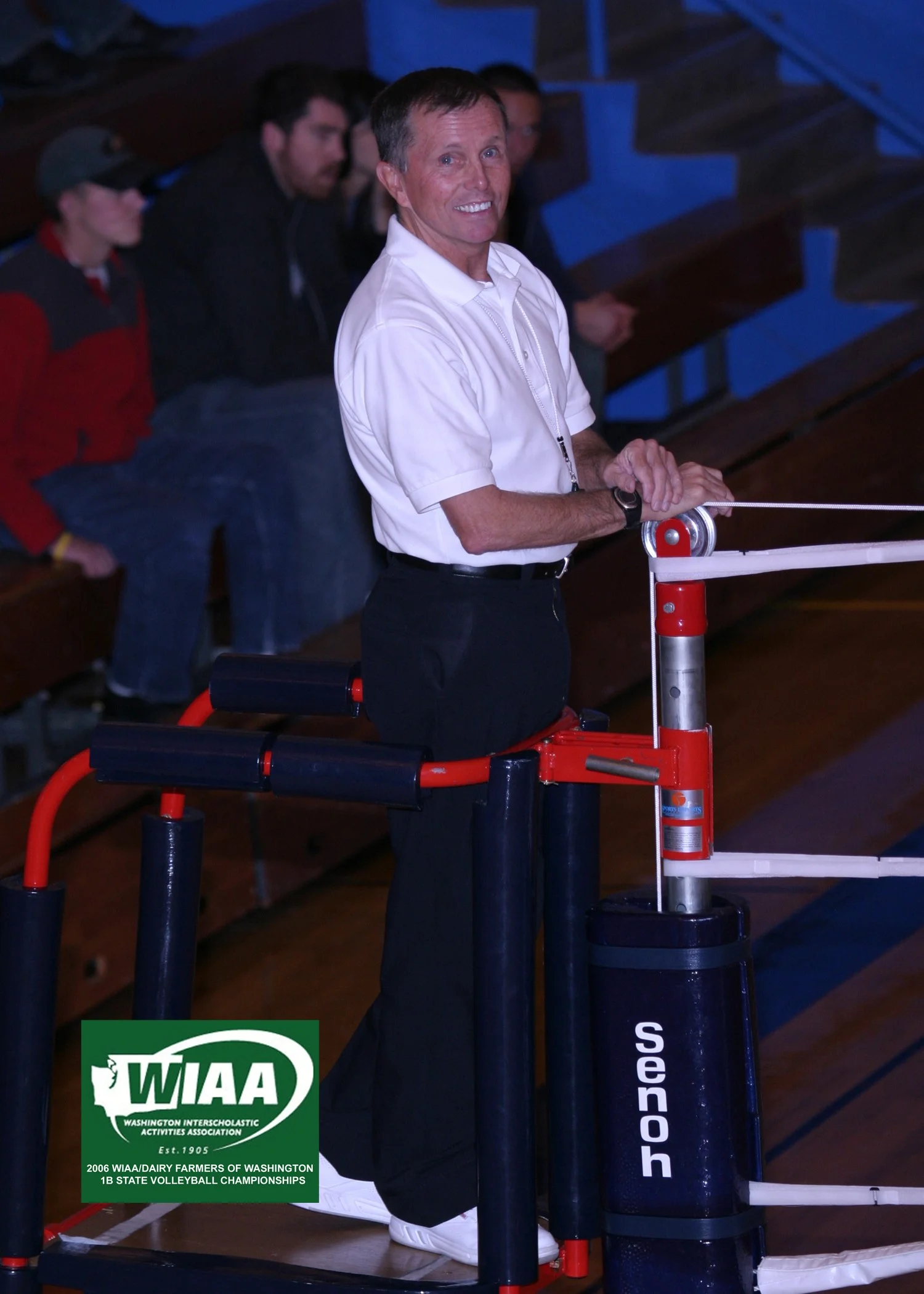Longtime volleyball referee, Rusty Wellman, became the seventh member of the Spokane Area Volleyball Referees Association’s Hall of Fame, inducted at the organization’s annual banquet Nov. 19. He has officiated volleyball for 34 years, all but five of those out of the Spokane board. He officiated in one NCAA Tournament, several NWAC championships and WIAA state tournaments. He is a longtime advanced trainer of officials in Spokane.
NFHS Rule Changes for 2018
QUICK GLANCE: NFHS 2018-19 RULE CHANGES
Enquiring minds like ours want to know…what are the rule changes for next year? Well, the new rule books with the exact wording are not yet available, but thanks to Referee magazine, we have a pretty good heads up for you.
Signal 21 for unnecessary delay was revised. Remember last year the signal was sort of awkward, but now it is closer to USAV and NCAA. The vertical arm is on the side of the offending team beside the head with the card held against the back of the wrist…no longer necessary to motion toward the offending team.
Warmup Restriction 11-5-3…”Between Sets”… Article 3 was added saying teams may warm up in their playing area. However, volleyballs may not be hit over the net.
Rule 2-4-1b wording clarifies who cannot support a teammate to give them an illegal advantage: A referee shall stop play when: “A player gains an illegal advantage by contacting [change another player to read team member. This better addresses the situation where a coach (or other non-player) provides support for a player playing the ball. We still must differentiate between merely contacting and “illegal advantage by contacting”.
Rule language was added to complement verbiage in the officials manual regarding the second referee’s responsibility to ensure head coach remains in replacement zone and no closer than six feet to the side line. Rule 5-5-3b was changed to address when to use timer’s audio signal verses second referee’s whistle when multiple courts are in use.
Verbiage was added to 9-8-2, 10-2 penalty 2 and 11-4-1b to better define what happens when the referees stop play for an injury or illness.
In addition to rule changes, language in other rules was modified. In rule 1-5 and 1-7 new language provides consistency by listing all reasons why a match shall be declared a forfeit and clarifies that a forfeit is considered a termination of a match and not a suspension.
Rule 5-4-1c clarifies that prematch duties of the R1 include inspection of net antennas.
Changes to 5-5-3 indicate R2 is to use a double whistle to indicate a warning when 15 seconds remain in a timeout or interval between sets.
Verbiage is added to rule 6-4-5 addressing when a team is playing with fewer than six players…the vacant position remains open throughout all rotations.
Look for detailed explanation of these changes in August.
NCAA Rule Changes for 2018
QUICK GLANCE: NCAA RULE CHANGES 2018-19
Here are highlights of the changes in rules for the 2018-19 seasons.
MAJOR RULE CHANGES
- The libero jersey must be immediately recognized from all angles as clearly contrasting to the jersey of teammates.
- Beginning in 2019, the jersey number must be of a color clearly in distinct contrast with the color of the jersey…irrespective of any border around the number.
- Beginning in 2019, the jersey may contain a single conference logo.
- The maximum time for intermission between sets 2 and 3 reduced to 5 minutes.
- A libero may be added to the lineup sheet after submission…prior to first beckon for service...without penalty.
- If a duplicate number was submitted for libero and another position, the lineup may be corrected prior to the first beckon for serve…without penalty.
- Challenge Review System was changed…touch and in/out are now considered to be one reviewable challenge.
- The attack line was added as a reviewable decision…limited to foot/feet contacting the line at take-off for a back row attack.
- If match goes 5 sets, each team, is allowed one additional challenge.
SIGNIFICANT EDITORIAL CHANGES
- Clarifies when a rally begins.
- When sanctions are assessed between sets they are administered when teams are called onto the court for next set.
- Defines the specific order and under what conditions an accepted challenge and sanctions are assessed.
- Spells out teams no longer line up on end line at the end of the match.
- The second referee duties during a CRS are defined.
- Defines the scorer/assistant scorer responsibilities and procedures for receiving/entering/dissemination of lineup information.
POINTS OF EMPHASIS
- Court markings must adhere to specifications described in rule 1…emphasizes procedures when they do not.
- Emphasizes the importance of proper procedures for entering lineup information using computerized scoring.
- Emphasizes the importance of the scorer and assistant scorer confirming the starting lineup.
- Emphasizes the importance of officials controlling team bench behavior.
- Emphasizes the use of CRS and the discretionary use thereof.
- Emphasizes the requirement that jerseys must use Arabic numerals.
Checking the Lineup
By Rusty Wellman
Every time I am called upon to mentor a fellow official on his/her performance as an R2, my first feedback comment is almost always the same…you need to be careful when doing your lineup check. With the addition of the Libero position our responsibility for checking the lineup before the start of the set changed slightly. Over time, we have taken some things for granted and set ourselves up for problems.



